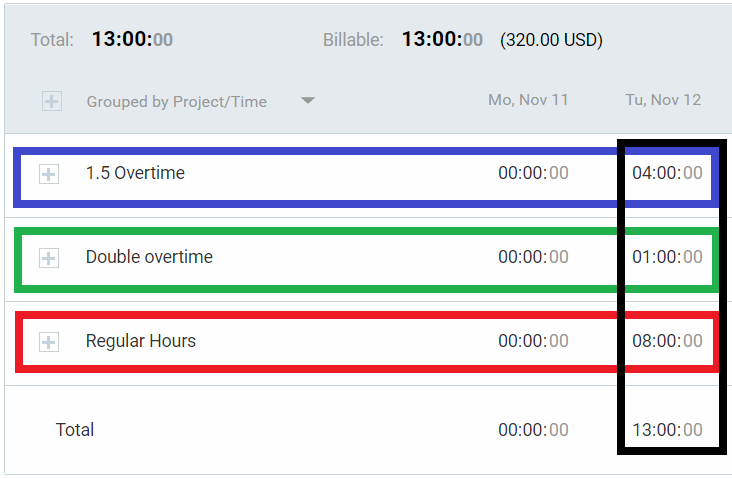
The formula can be expressed as (Regular Rate Straight Time) + ((Regular Rate 1.5).Beginning on July 1, 2021, Virginia employers will be subject to a new state overtime law that provides more stringent overtime requirements than those contained in the federal Fair Labor Standards Act (FLSA). This amount equals 7.25 x 1.5 10.88/hour.The easiest calculation for overtime pay involves hourly employees. Calculate general hourly overtime pay rate based on the general minimum wage (not the minimum wage for tipped employees). If the tipped employee is paid the 2.13 minimum wage for tipped employees, calculating overtime pay works like this: 1. Tipped Employee Overtime Calculation Method.
Determine your multiplier m which you can see in the overtime policy of the company. That would give you a total of: 4 x 40 160-hours. Assuming a period of 4 weeks at 40-hours per week. The new law also provides a three-year statute of limitations for aggrieved employees to bring claims under the Virginia Wage Payment Act, unlike the FLSA which applies a three-year limitations period only if the employee proves the alleged wage violation was willful, and, otherwise, the limitations period is two years.Determine the actual hours that the employee worked for the month. Unlike the FLSA, the Virginia law now specifies exactly how that regular rate and overtime rate are to be calculated for hourly and salaried non-exempt workers, effectively eliminating certain payment arrangements available under the FLSA. Like the FLSA, the new Virginia law obligates employers to pay 1.5 times a non-exempt employee’s regular rate of pay for all hours worked in excess of 40 hours in each workweek.

As a reminder, under the FLSA fluctuating workweek method, the employee is paid the same flat salary for all hours worked in a week. How As we all know, businesses have also been severely penalized for not calculating the correct overtime.Let’s examine the proper way to Accordingly, this new overtime law appears to preclude employers from paying FLSA non-exempt employees using the fixed salary or “fluctuating workweek” method of calculating overtime under the FLSA, instead requiring a separate hourly rate calculation for overtime purposes and payment of overtime at 1.5 times that hourly rate. 9 hours ago Eastcoastriskmanagement.com Get All. How to Calculate Overtime Pay Correctly East Coast Risk. In order to calculate possible overtime payments for a salaried non-exempt worker, each workweek, the employer must take all of the employee’s wage compensation earned in that workweek, divide it by 40 (arriving at the 1/40 th rate), and then, for any hours worked by the employee over 40 in that workweek, pay 1.5 times that calculated regular rate for all overtime hours.
...
Virginia employers should review their timekeeping and overtime policies to ensure compliance with the Virginia Wage Payment Act and the Virginia Overtime Wage Act. As a result, Virginia is quickly becoming an attractive jurisdiction for employee-side attorneys seeking to file wage and hour lawsuits. Plus, since July 2020, Virginia employees can now bring a private action in Virginia state court, either individually or collectively on behalf of similarly situated workers. With accurate time-keeping records, employers will be in a better position to defend themselves against wage and hour and employee misclassification lawsuits.This new Virginia Overtime Wage Act, combined with the changes made to the Virginia Wage Payment Act in 2020, provide enhanced wage and hour benefits to workers, including a change in how overtime is calculated a longer three-year statute of limitations period increased likelihood to obtain liquidated damages, 8% interest, attorney’s fees and costs and higher minimum wage requirements. Because the hours worked in a week are critical to a proper overtime calculation, employers also must ensure that all non-exempt employees, whether hourly or salaried, clock in and out of work (including time worked for the benefit of the employer but off employer premises), if they had not previously done so.


 0 kommentar(er)
0 kommentar(er)
